Dwarf lilac: shrub varieties

Varieties lilac a large number of. This beautiful fragrant plant delights its owners. Dwarf lilac is a great option for small areas or just for decorating the garden.
Content:
- Varieties of dwarf lilac
- Meyer variety
- Variety Madame Charles Suchet
- Varieties Monge, Captain Balte and Schoolgirl
Varieties of dwarf lilac
Lilac has many varieties, which include dwarf varieties. A small shrub is a decoration for any garden. Dwarf lilac has varieties:
- Meyer. One and a half meter unpretentious plant.
- Madame Charles Suchet. It is necessary to protect from pests and various diseases.
- Monge. It is located on the stem and adapts well to the polluted air and soil of the city.
- Captain Balte. Sprawling, densely flowering shrub.
- Schoolgirl. One of the most common varieties of its species.
Meyer variety
One of the most common varieties of this type. The height of the shrub does not exceed one and a half meters. The color of the branches is grayish-brown. The leaves grow up to 4 cm and have an elliptical shape. They have small “eyelashes” along the edges. The inflorescences of the variety have straight inflorescences up to 10 cm in length. Not a very whimsical plant. There is no need to select special soil for it, it does not require frequent watering, and rarely suffers from frost.
Feeding the bush can be done a couple of times a year: in early spring and after flowering. Cover Meira lilac (young bushes) with material for the winter. It is better to sprinkle the base with leaves or peat.Reproduction is carried out: by cuttings, grafting or layering. At the beginning of October you can collect seeds.
Meyer lilac has several varieties. Meyer Polybin. May be deciduous shrubs or trees with simple, entire or sparsely pinnate leaves and conical small panicles. Very fragrant. The 4-lobed, tubular flowers bloom in late spring or early summer.
Meyer Polybin is a dense, slow-growing deciduous shrub with small, broadly ovate, dark green leaves and vertical panicles, fragrant, lilac-pink flowers.
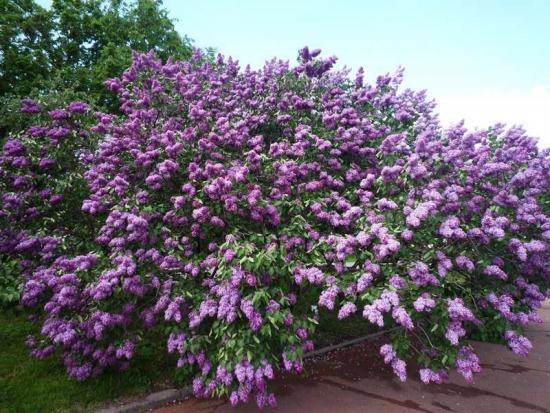
Red Pixie. Abundant panicles of fragrant pink flowers open from red buds from early spring to mid-summer. For urban gardeners, this lilac is ideal. It grows to a height of just over a meter. Prefers soil that is moderately dry to moist.
Blooms in May-June. From mid-summer, you need to carefully remove wilted flowers using pruning shears so as not to damage the young shoots. Rotted garden compost or manure can be applied as a fertilizer around the base of the plant in early spring.
Bloomerang Ash. Has a purple color. The most prolific variety of lilac. The first flowering begins quite late (mid-May). Then there is a rest in June, and then a new flowering begins in July and continues until frost. Summer and autumn panicles are not as large as in spring. Every single branch bears flowers (not just the rare flower). One of the reasons for its tendency to bloom abundantly is its rapid growth. bush.
As long as it continues to grow, it continues to produce new flowers.There is no need to prune the plant to force it to grow, however, light pruning after the initial flowering results in fuller growth with more branches. Which has a positive effect on flowering.
Jose. Requires regular watering. Loves the sunny side and is not afraid of frost. Spring and autumn are the best times to carry out the planting procedure. This variety is easy to care for. Fertilizers are best used slowly. This way, there is less chance of damaging the plant's roots, and the bush will receive nutrients regularly. You need to prune immediately after flowering or just get it into shape.
Variety Madame Charles Suchet
Another variety bred by Victor Lemoine in 1949 and named after a lady who often visited his nursery. The flowers are sky blue. The underside of the petals is painted in lilac shades, which adds even more variegation to the shrub. The inflorescences are collected broadly pyramidal.
Video about Meyer lilacs:
The bush is not very tall and is almost entirely strewn with flowers. The plant blooms from late spring to early summer. The plant is not very picky about soil. It is better to fertilize with leaves or peat. If pruning of the plant is necessary, it is better to do this before mid-July.
It is important that the bush is susceptible to attack by various pests and diseases. Loves sunny, sandy areas. You need to ensure that the soil does not dry out. Young plants need additional phosphorus to promote good root development. Apply the recommended amount of fertilizer during landings or at least during the first growing season.
Varieties Monge, Captain Balte and Schoolgirl
Variety Monge
- Monge or French hybrid lilac.
- Grows up to 2.5 cm.
- The inflorescences are bright purple.
- The flowers do not fade even under the bright sun.
- Prefers soil drainage.
- An unpretentious plant.
- Blooms in mid-spring.
- Life expectancy is up to 30 years.
Loves sunlight. The shrub is located on the stem, slightly rising above the ground. Requires periodic pruning, but only after flowering, because you can cut off the current season's flowers. Butterflies love this variety. Takes root well in an urban environment.
Variety Captain Balte
Victor Lemoine developed the variety in 1919 in honor of the deceased son of his friend, breeder Charles Balthe. No more than 1.5 m in height. It blooms with delicate lilac or pink flowers with a blue tint. The aroma is very spicy. The inflorescences of the shrub are large and almost round. Abundant flowering is a feature of this variety. The shrub turns out to be low, spreading and strewn with flowers, therefore it is well suited for small areas.
Variety Schoolgirl
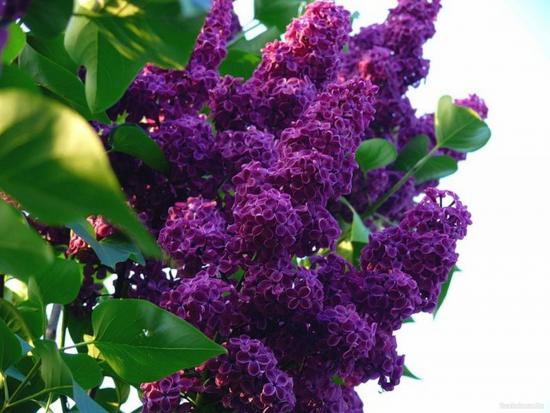
The variety was developed in 1956. This variety was developed by our compatriot L.N. Mikhailov in honor of his eldest daughter. The color is lilac-blue. The inflorescences are pyramidal in shape, about 25 cm in size. The bush has the shape of a compact ball. The leaves are dark green. Blooms profusely in mid-season. Used to create garden compositions.

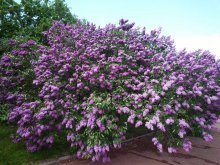
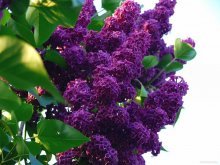
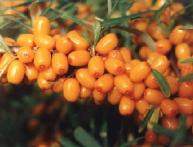


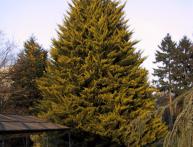

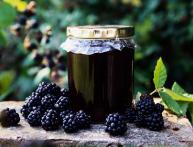
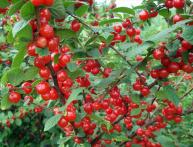
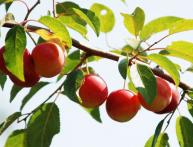
Comments
I planted a dwarf lilac near my yard and couldn’t be happier with it. It looks very beautiful, words simply cannot describe it. The bushes are indeed strewn with flowers, which last relatively longer than on ordinary lilacs.